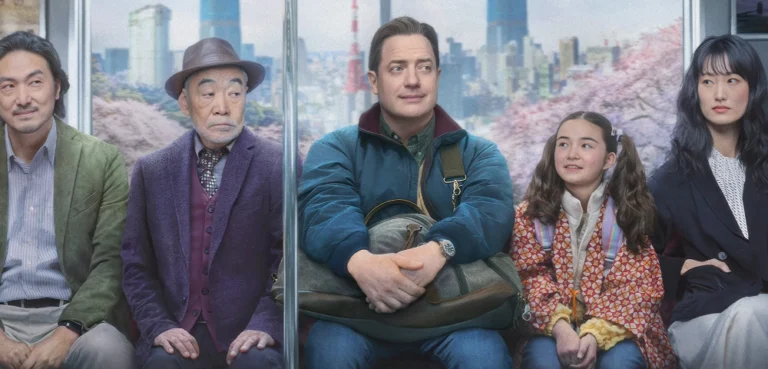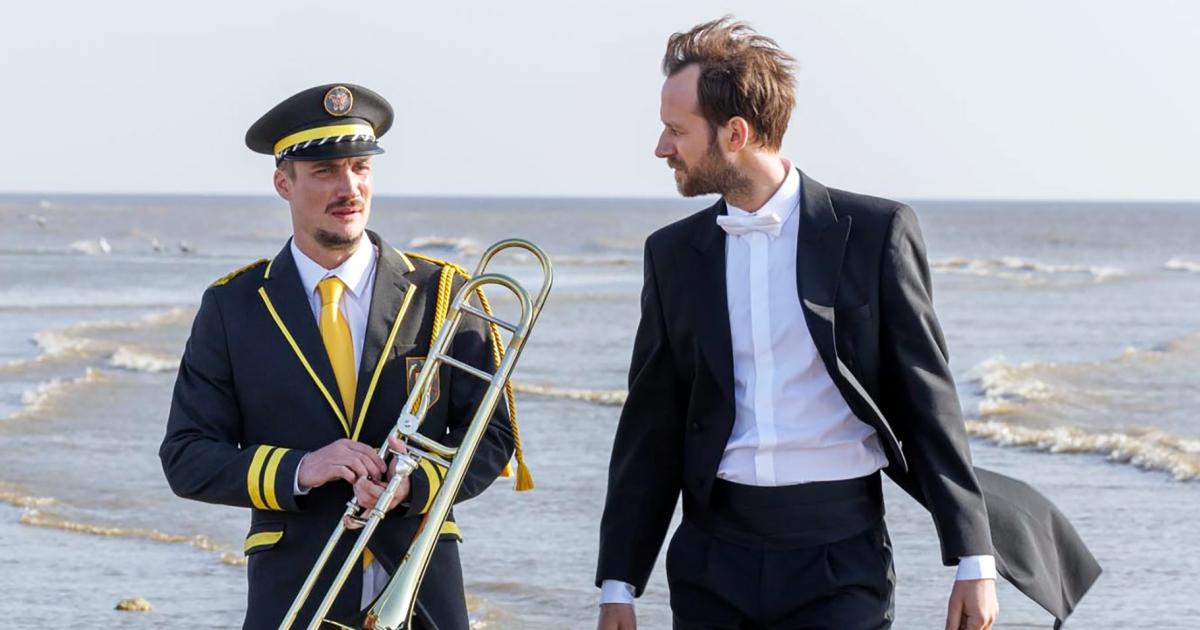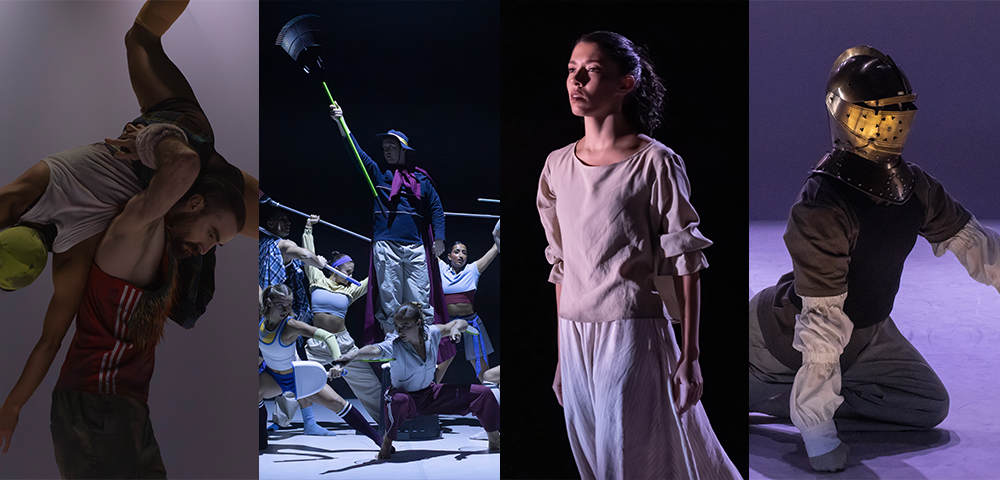
Deconstructing Architecture
By Rita Bratovich
The Sydney Architecture Festival returns for its twelfth year with a program of events that will appeal to professionals, amateurs and the curious. With the overarching theme (excuse the pun) being “what makes a building truly great”, the festival will host a series of talks, exhibits and tours that explore architecture past and present; as a physical thing and a social construct; as it impacts the real world environment and our psychological environment.
“It brings together architects and members of the public. We like to say that it brings architecture out of the boardroom and studios to those who experience it first hand,” says Tim Horton, NSW Architects Registrar and Director of the Sydney Architecture Festival. That’s the general aim of the festival. This year’s program specifically addresses four milestones: the Sydney Opera House turns 45; Parliament House in Canberra turns 30; it’s the 100th anniversary of Jorn Utzon’s birth; and the school of architecture at University of Sydney celebrates 100 years.
Horton cites Parliament House as an interesting example of architecture meeting (or not meeting) purpose. It was originally intended to last 200 years, but now, just 30 years into its lifespan it requires major renovation, or, more likely, replacement. The growth in staff numbers was grossly underestimated. And there are things that simply can’t be anticipated, for instance, they are currently redesigning offices to accommodate standing desks.
“We need to constantly renew and refresh our buildings,” says Horton. He describes a concept created by Jorn Utzon, designer of Sydney Opera House and another man who worked with him, Richard Johnson: The Utzon Design Principles, that is, “how do we renew and give new life, but not depart from what makes it special.” To answer that question, it’s necessary to go back to the source and determine what made the building special in the first place and what were the designer’s key thoughts.
Several years ago, when the western foyer and colonnade was added to the Sydney Opera House it sparked outrage from architects and the general public, claiming it was “the end of the Opera House.” Instead it has been accepted and integrated so well that most people wouldn’t know it wasn’t part of the original design.
Quite remarkable is a recently completed project, the Vehicular And Pedestrian Safety Project, which involved tunnelling underneath the forecourt of the Opera House to create an enormous receiving dock with a discrete entry point on Macquarie Street. It has allowed large trucks to visit the Opera House virtually unnoticed, while pedestrians can walk about the forecourt area safely and undisturbed.
“The fact that that was done and no one knows about it is such an incredible credit to the Opera House and the teams that made it possible,” says Horton.
While there’s a general consensus around the merit of the design of the Sydney Opera House, beauty is still in the eye of the beholder when it comes to design in general. Horton says the jury is still out on whether the much maligned “toaster” in Circular Quay is a great building.
Horton believes there are three integral elements to creating a great building: a masterplan; design principles; and having the right team. There needs to be a clear vision, a way of realising that vision and people who are dedicated to the integrity of that vision.
The festival will look at ethics in an age of excess and the role of the creative individual in society. Horton believes ultimately, the professional “must hold the public interest and the public good as a priority.”
Dr Cristina Garduño Freeman is a Postdoctoral Research Fellow in the Australian Centre for Architectural History, Urban and Cultural Heritage at the University of Melbourne and one of the esteemed speakers at the festival. She is using data analytics and digital ethnography to help identify the social importance of architectural icons. In answer to “what makes a building truly great” she says “people make a building truly great,” again citing the Sydney Opera House as a good example.
One of the discussions that often flares up around design is that of whether “form follows function” has been satisfied. Because of the emphasis on its visual impact, the Opera House has often been at the centre of such debates, but Dr Garduño Freeman explains that “part of the function of the building was its exterior. It’s not just about the interior and the concert hall, it’s also about providing a sculpture back to the city and a sculpture on the harbour.”
The main part of Dr Garduño Freeman’s current work is studying how digital data influences how architecture is perceived and valued, through things such as Google search terms and results, and representation on social media. Many more people experience architecture in a virtual sense and it’s very different to the physical experience. Dr Garduño Freeman believes this may actually inform architectural design itself in the future.
Multidisciplinary Australian Danish Exchange, or MADE is a program run by the Opera House in which five architecture, engineering and design students from Australia and Denmark each, take part in study, mentorship and group projects based around architecture and the built environment. One of the alumni from the program, Awkar Ruel, spent time in Denmark and worked on a mock project that involved developing a community space. The idea is to help students go through the process and learn first hand how to design and bring a building to fruition. They work in a team that is comprised of students with varied skills, backgrounds and disciplines.
MADE alumni will be presenting a workshop as part of the festival. They’ve invited students from schools and tertiary institutions to participate. Students will work in small groups, mentored by an alumni, and will try to solve a real world design problem using their combined skills.
“It’s not about the solution they come up with, it’s more about the process and getting the first hand experience of multi-disciplinary design in solving problems,” explains Ruel. One of the aims of this workshop is to show participants how bringing together people with different backgrounds can help open up new ways of thinking and finding solutions. They use the Opera House as a model to illustrate how collaborative input can enhance design thinking and ultimate production.
Ruel still marvels at the ingenuity that went into building the Opera House and holds it up as a masterpiece, truly an example of a great building.
Sep 28-Oct 1. Sydney Opera House, Bennelong Point. FREE but bookings essential. www.sydneyarchitecturefestival.org









